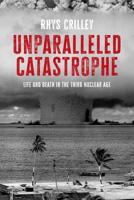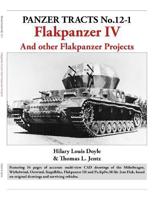Publisher's Synopsis
The current surface mine countermeasures (MCM) fleet is aging, yet there are no viable systems to replace it. The U.S. Navy requires an improved minehunting platform, and unmanned underwater vehicles (UUVs) can meet that need. In order to attain enough UUVs and operators to make these missions successful, the United States must rely on the participation of allies to provide these assets. This study assesses the key decision factors in mine clearance operations using UUVs of differing capabilities. It uses a discrete-event simulation to model the performance of UUVs in a large-scale MCM operation. Data is generated using a state-of-the-art design of experiments and analyzed to find the best tasking plan for the scenario. The results show that with proper tasking, UUVs with lesser ability levels can be used appropriately and still produce acceptable levels of mine clearance, usually more quickly than a smaller cadre of highly capable vehicles. This study finds UUV altitude, track spacing, number of passes, and search speed to be decision factors that influence minehunting results, while track spacing, number of passes, search speed, and resupply are influential factors that effect mission completion times.









